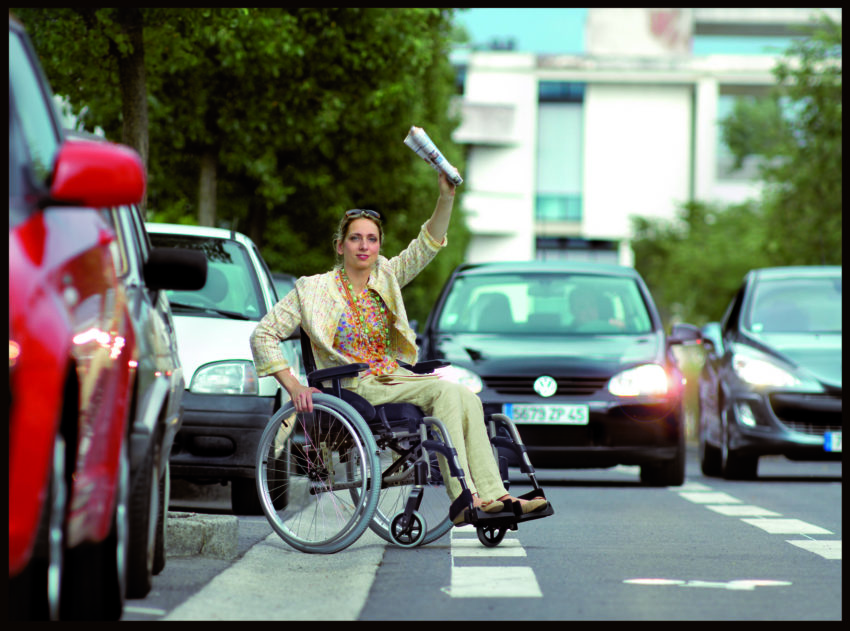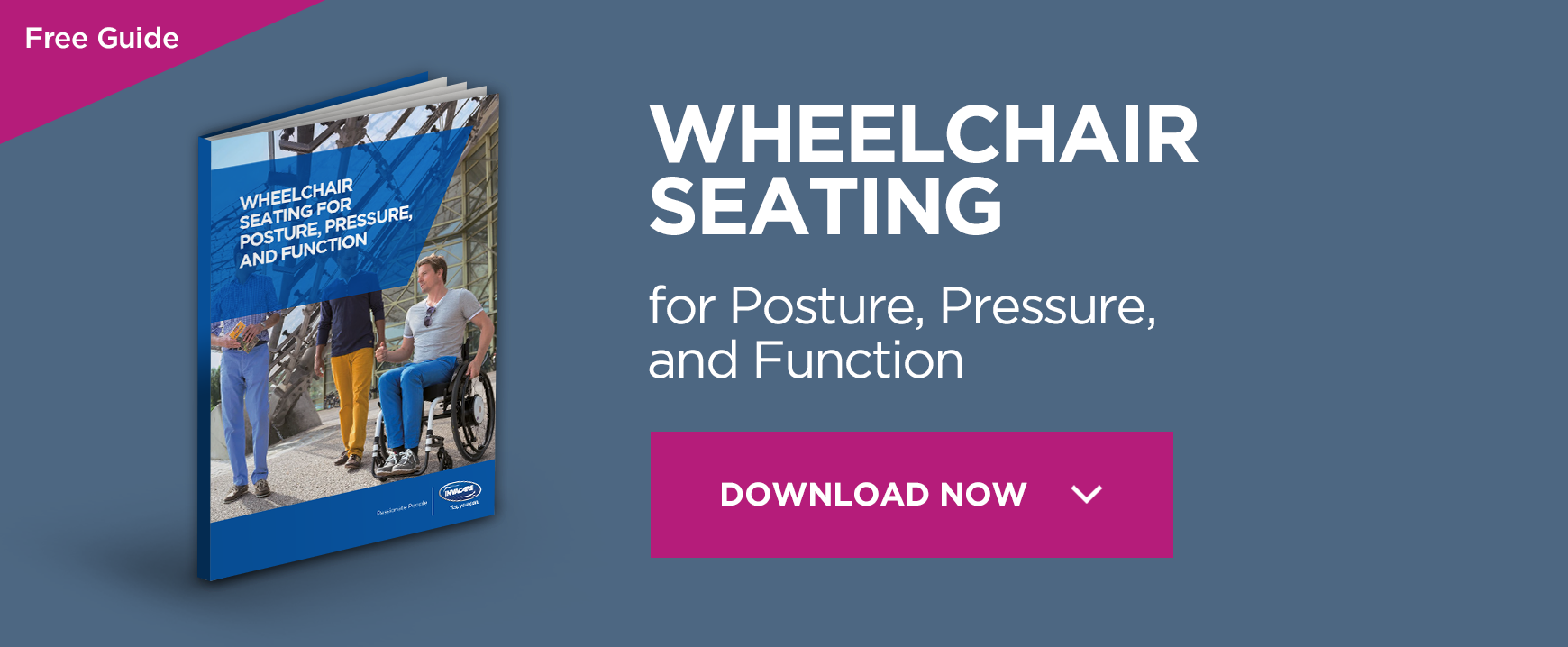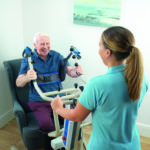Managing wheelchair dependency with a lumbar spondylosis

For regular wheelchair users your chair enables freedom and function that may not otherwise be possible.
However, prolonged sitting, the biomechanical stress of functioning from a seated position and insufficient postural support can cause or exacerbate chronic back problems, such as lumbar spondylosis.
Using a wheelchair with any form of lumbar spondylosis therefore requires a heightened awareness of contributing factors and ways of reducing both pain and progression of symptoms.
Think about good posture…
Important for good back health of all, but of overriding importance to both wheelchair users and those with lumbar spondylosis, correct sitting posture maintains the natural curves of the spine. This reduces the strain on supporting muscles and distributes biomechanical stresses properly across the vertebral bodies and intervertebral disks.
Examine your sitting position over the course of the day and consider if you are sitting properly and if your pain alters with your posture. Some aspects of your posture may require habit changes, like avoiding leg crossing, but ensuring the seating unit is properly configured to you is often crucial to good posture.
Personalise positioning…
Customisable seating is recommended for all regular wheelchair users, but the anatomical changes that accompany lumbar spondylosis may require special consideration for the correct seating system.
Customisable features that are important for managing lumbar spondylosis include:
Backrest support
Good lumbar support increases spinal stability and reduces biomechanical forces, particularly during prolonged use.
Correct backrest height influences lumber support as it must be high enough to support the curve of the back, but not so high that it pushes the pelvis or trunk forward.
Backrest tension should also be checked and adjustable tension backrests may be beneficial.
In addition, an ergonomically moulded backrest or insert may provide more personalised lumbar support, which may be particularly helpful for managing lumbar spondylosis.
Seat position
The shape and angle of the seat provides the foundation for your whole position and good sitting posture cannot be gained without it.
Ensure the depth and width of the seat are correct, but also consider the specification of your cushion as the contours, or lack thereof, in the cushion will impact the natural contours of your back. Cushion material influences how much it conforms to your body and moulded seat cushions offer features such as leg/buttock contours to support pelvic alignment.
The angle of the seat to the backrest is also important and tilting the whole seat-back unit may increase the support through the lower back for those with poor sitting balance. However, this can also cause users to thrust their neck forward, which will only cause alternative pain and stresses for those with lumbar spondylosis. A better option for those with good sitting balance but other positioning difficulties may be to maintain an upright back angle, but to raise the front height of the seat so that the seat-back angle is less than 90°. A ramped cushion may achieve a similar effect, but you should ensure the back and seat heights remain suitable once the cushion is in place.
Arm and footrests
Sufficient support for the arms reduces strain on shoulders and neck, which in turn reduces disruption to your overall position.
Difficulties with lower limb pain and function are also common with lumbar spondylosis and ensuring sufficient leg support can help manage symptoms, as well as supporting posture. Ensure the footrest height, depth and angle are all suited to your needs.
Lumbar spondylosis cannot be cured, but good postural management can help avoid further trauma, minimise symptoms and reduce the speed of deterioration.
Author: Clare Schwalbe, the O.T Agency







